The Alice Moseley Museum
Plucky Alice Moseley, a retired teacher, began her painting career at 65 and moved to Bay St. Louis when she was 80. For nearly fifteen years after, the red-bereted folk artist charmed and inspired people with her paintings - and her stories. In the Alice Moseley Museum, she's still doing just that.
- story and photos by Ellis Anderson
When she passed, just before her 95th birthday, the entire town mourned. Yet Alice Moseley continues to enrich Bay St. Louis through the legacy of a museum named in her honor. Located on the top floor of the town’s historic depot, it contains forty-seven of her original paintings and an astonishing collection of antique books, toys, glass, pottery.
The museum is so popular, Myrna Green, director of Hancock Tourism says that over half of the 20,000 people who stopped into the Visitors’ Center last year also visited the museum. That means over 10,000 people from around the world have enjoyed Alice’s art in the past year alone. One weekday in late October, this writer found six visitors in the museum. Two of them were from South Carolina, two were new residents of Biloxi – by way of Australia – and a third couple hailed from England. It was their third time to visit the museum. 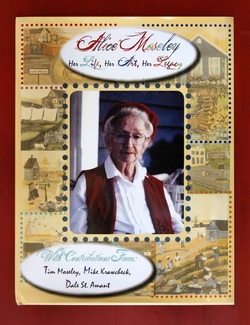
Last year, the board of Hancock Tourism signed a five-year management agreement with Tim Moseley, museum founder and Alice’s son. They then hired Audre Brook to oversee the day-to-day operations and spread the word about Alice.
Brook is passionate about her work. She believes that the Moseley Museum is the “best-kept secret in Mississippi.” “Her zest for life was matchless,” says Brook. “She painted up until right before her passing. And she continues inspiring us now. You can walk through the museum and look at all the portraits and paintings and appreciate how far we’ve come. Remembering the past makes us better each day, remembering where we’ve come from and what we’ve gone through.” Tim Moseley said his mother’s values often showed up in her work. “She had very progressive ideas about civil rights. My mom wanted to make clear that her paintings were a tribute to the people who survived those times and those injustices… My mom considered herself one of those people… If you were in Mississippi and you were a sharecropper, it didn’t matter if you were black or white, there wasn’t going to be any cash money come your way.” Tim attributes a big part of Moseley’s appeal to her storytelling talents, both verbally and in her paintings. “It’s not just how good an artist is, it’s the stories they tell and how well they connect with people.” A good example is a one of the museum’s most popular paintings, called “Labor Vs. Management.” Alice has painted a farmer trying to plow, but his mule is sitting down. The farmer in raging at the mule, but it’s clear the creature has no intention of budging. Tim Moseley explains the thought behind the painting: “Either you’re labor and think that your boss asks more than anyone has a right to expect or you’re the boss and you think that your labor’s just sitting down on you while you’re paying good money."
One of the museum's latest acquisitions is an original painting of Alice’s called “What’s so new about Women’s Lib?” It shows a woman with a child and a small toddler hanging onto her skirts while she’s guiding a plow through a muddy field. The two mules pulling it look surprised. On the other side of the painting, there’s a wagon under a tree. On it sleeps a man and a boy child on a blanket. He looks supremely relaxed. A wood cabin in the background of the painting obviously needs a lot of work.
Brook says that “Miss Alice’s” exceptional constitution and ability to take risks comes through in her work. She’d lived through the suicide of her father when she was still a teenager, the Depression and two world wars. She survived the loss of her husband and made a major move when she was eighty.
“Miss Alice is our Shero,” Brook says, smiling. "She was a woman of true courage, someone we all need to emulate in one way or another." Alice Moseley’s nephew, Birmingham businessman and frequent Bay St. Louis visitor Mike Krawcheck agrees. He says that Alice Moseley and the town of Bay St. Louis share the same plucky DNA. He points to the way the town’s residents showed courage and determination after the devastation of Hurricane Katrina in 2005 as proof of their similarity to his aunt. “They’re the kind of people who confront adversity and challenge turn it around to everyone’s advantage,” he says. “My aunt was flat out indefatigable. She described the time she spent in BSL as the best time of her life. She flourished there.” Alice’s son Tim agrees. “She really did think that the pot of gold was at the end of the rainbow in Bay St. Louis.” Comments are closed.
|
Categories
All
Archives
July 2024
|
Shoofly Magazine Partners
Our Shoofly Partners are local businesses and organizations who share our mission to enrich community life in Bay St. Louis, Waveland, Diamondhead and Pass Christian. These are limited in number to maximize visibility. Email us now to become a Shoofly Partner!

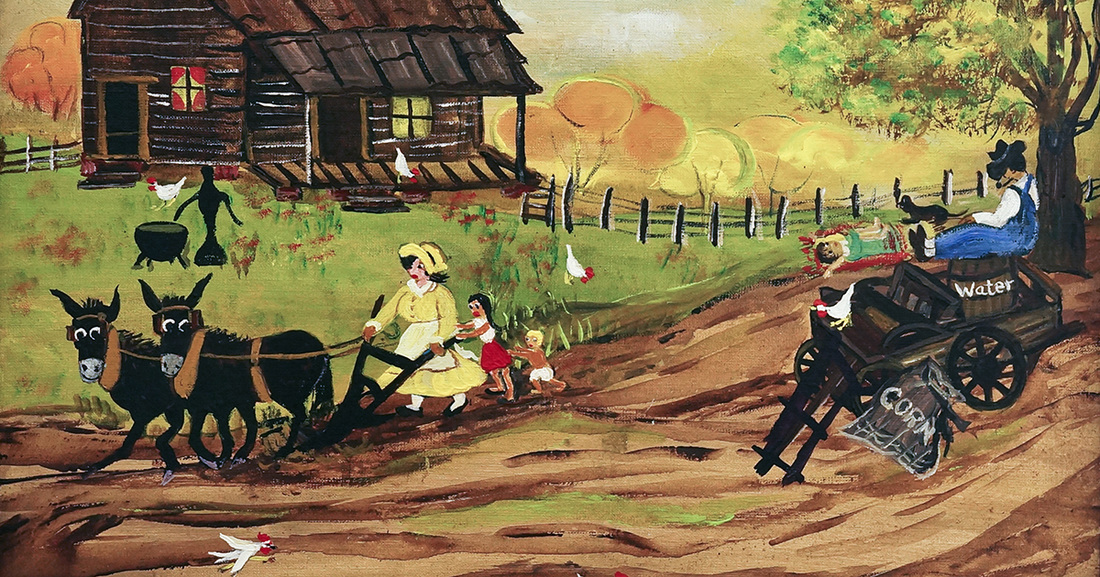
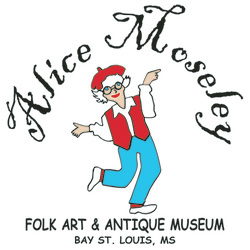
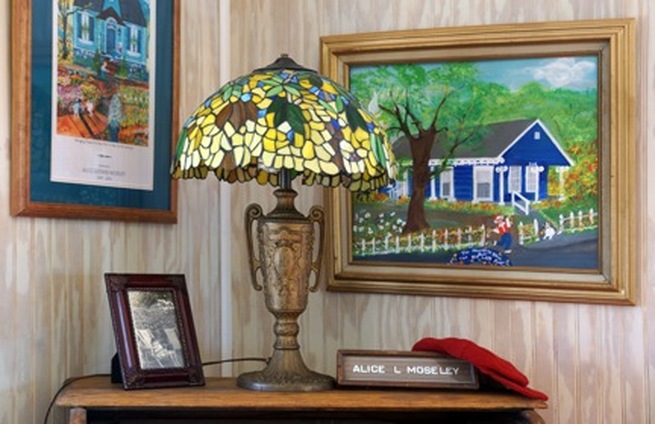
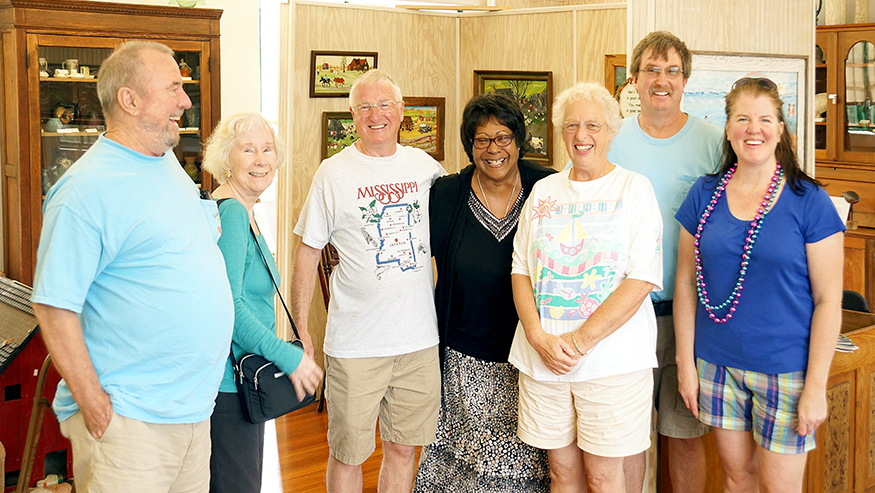
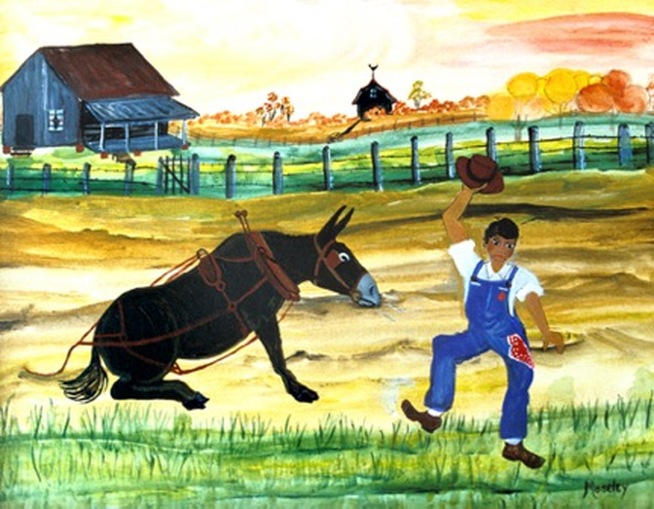
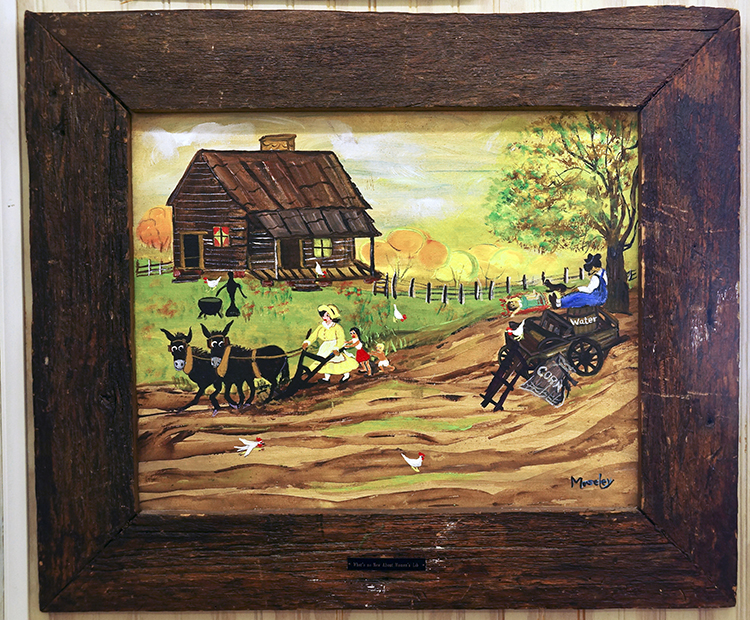
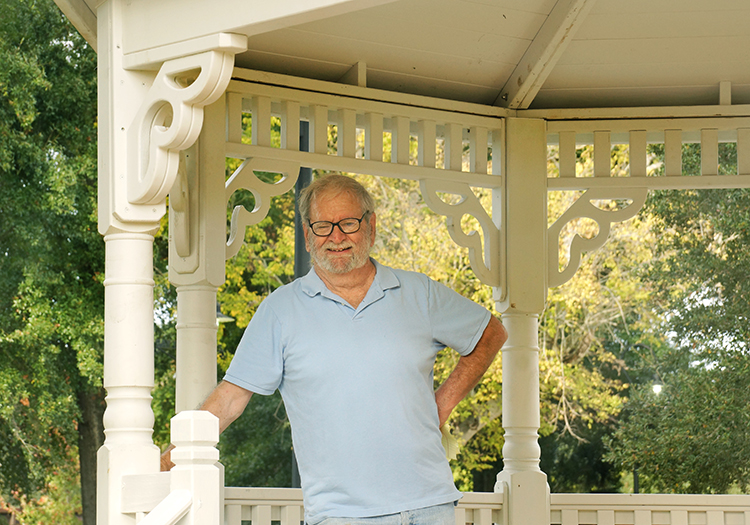


























 RSS Feed
RSS Feed























